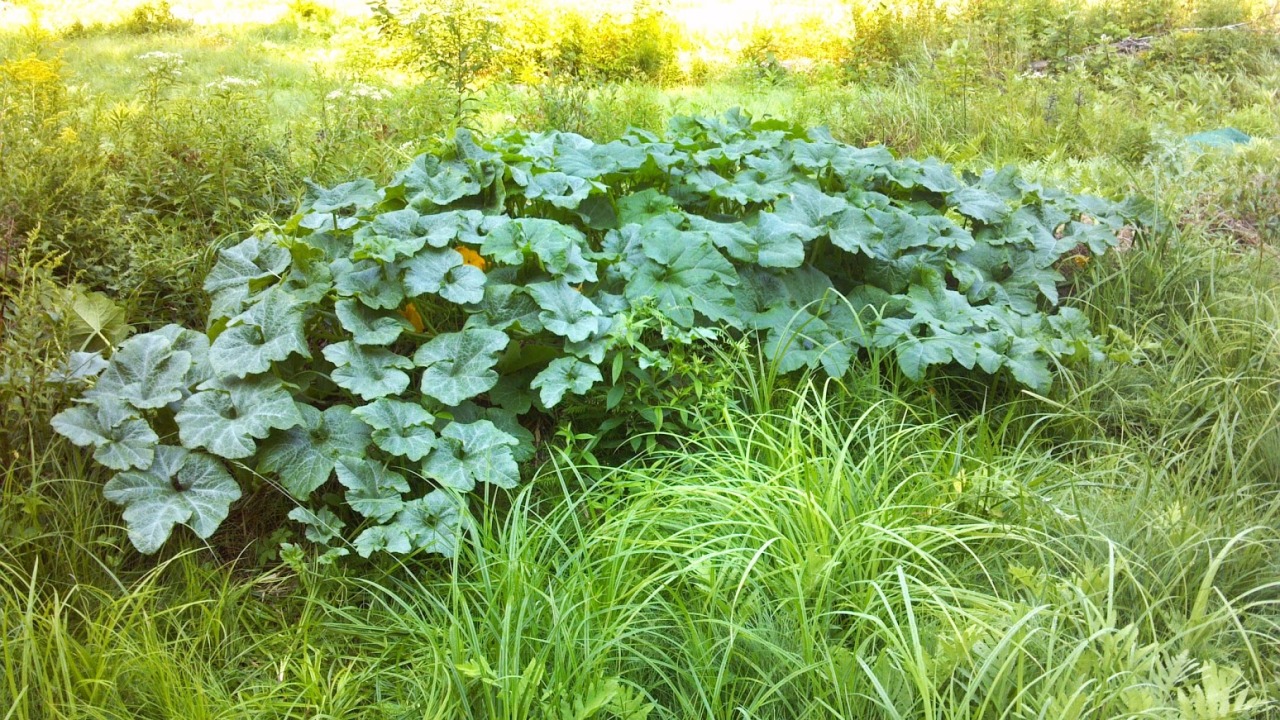Lavender2
Garden Addicted
And I suppose to answer this question we need to look at a couple things;
I you have more beneficial interactions than bad, my experience and research would tell me that I am likely to create a stable ecosystem. Please don't confuse stable ecosystems with static ecosystems.
- A plants shape, both above the ground and below
- which nutrients and chemicals are created by a plants leaf fall and roots respectively.
- Understanding a plants niche and specifically requirements for continued growth.
- Which species are specific plants habitats for, both above the ground and below.
- Does the plant allow for mychrorizal interface? Which type?
- What factors prevent growth?
- And how do all of the plants on the list meet the needs of each other and the species the live on, above, and below them.
- What are the beneficial interactions?
Is there really such a thing as a static ecosystem?
I have no doubt that one can find plants that will co-exist to the benefit of each other and their ecosystem. Native ecosystems have proven that. Forest gardening has it's benefits, it also has it's limitations and disadvantages - space, animal foraging, limits of diverse foods, sunlight and some nutrients for certain plants, maturity decline. The introduction of 'non-native' species can cause substantial shifts in ecosystem function. For many years it will be an 'intensively managed ecosystem', with limited diverse food production long term.
One of the biggest ecological issues right now is locally grown food. In regard to sustainable gardening - permaculture, organic gardening, composting, companion planting all play a role when applied in any system, to lessen environmental impact. In other words... who will grow the annual vegetables? ... where will they come from? ... do we stop eating so many of them? ... can we grow them in a forest garden without taking more land to do it?



 Also, while studying Anthropology courses at the University that I attended, I seam to have come across text books and lectures by Professors that featured peoples in slash and burn societies who set fires to a forest to clear out trees, brush and grasses so that they could grow a crop. These peoples also used their hands and / or primitive tools to pull out weeds to reduce the unwanted plants from competing with the crop plants for available nutrients to increase yields. Too, I also seem to have studied the planting in the "3 sisters " companion planting in some Native American Indian cultures, and somehow seem to recall that they also practiced removing other plant species to lessen competition for nutrients for increases in edible yields. Were these more primitive peoples so wrong too ????
Also, while studying Anthropology courses at the University that I attended, I seam to have come across text books and lectures by Professors that featured peoples in slash and burn societies who set fires to a forest to clear out trees, brush and grasses so that they could grow a crop. These peoples also used their hands and / or primitive tools to pull out weeds to reduce the unwanted plants from competing with the crop plants for available nutrients to increase yields. Too, I also seem to have studied the planting in the "3 sisters " companion planting in some Native American Indian cultures, and somehow seem to recall that they also practiced removing other plant species to lessen competition for nutrients for increases in edible yields. Were these more primitive peoples so wrong too ????  Oh yea, I also worked at a University Vegetable Crop Department, and have NEVER once encountered a situation where any Professor / plant researcher would condone a practice such as shown in the above photo .
Oh yea, I also worked at a University Vegetable Crop Department, and have NEVER once encountered a situation where any Professor / plant researcher would condone a practice such as shown in the above photo .  So I presume that these University Professors are all wet too ???
So I presume that these University Professors are all wet too ???  Silly me !
Silly me ! 